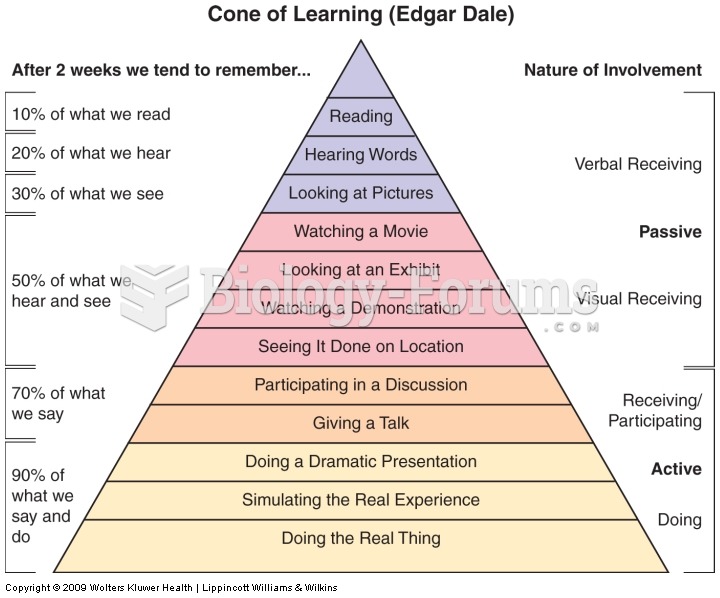Answer to Question 1
Because behavior can be caused by many factors and frequently changes over time and in different settings, psychologists limit the focus of their investigations to one or a few variables in order to understand their effects on behavior. With this limited approach, psychologists hope to combine the results of many studies done over an extended period of time with different participants and in different settings into a comprehensive and usable body of knowledge.
The differences that exist among classrooms, schools, and districts in terms of such factors as quantity and quality of personnel, budget, leadership, and community values limit the range of applicability of research findings. What may work well in one district may fail in another; what may be acceptable to educators and parents in one district may be rejected in a neighboring district. Another factor that limits uniformity of findings and applications is differences in how students process information. Although researchers may recruit subjects for an experiment that are similar in age, ability, gender, prior knowledge, and so on, these subjects may complicate the researcher's interpretation of the data by responding differently to the experimental materials and instructions. This is not done consciously by subjects in an attempt to ruin the experiment, but because people naturally differ in how they interpret their environment. This basic aspect of human nature is known as constructivism.
The number of research articles available on most aspects of human behavior that are of interest to psychologists is so large that no one person can be expected to be aware of and have read all of them. Because of variations in the conditions of studies and the individual differences discussed above, not all researchers studying the same phenomenon draw the same conclusions. Consequently, researchers who read somewhat different parts of the same literature may draw different conclusions about the nature of some phenomenon.
Answer to Question 2
The following strengths of scientific observation are listed in the text: representative sampling of subjects, controlled conditions, objective and systematic procedures, publication of findings, and replication (measurement issues might also be stressed). The following limitations are also listed in the same section: the limited number of factors/variables studied, conditions so controlled that the situation is very unlike the classroom, complex interactions among several classes of variables that make predicting and controlling outcomes difficult, disagreement on the interpretation of data/results, and the need to revise knowledge and applications in light of new research findings.







